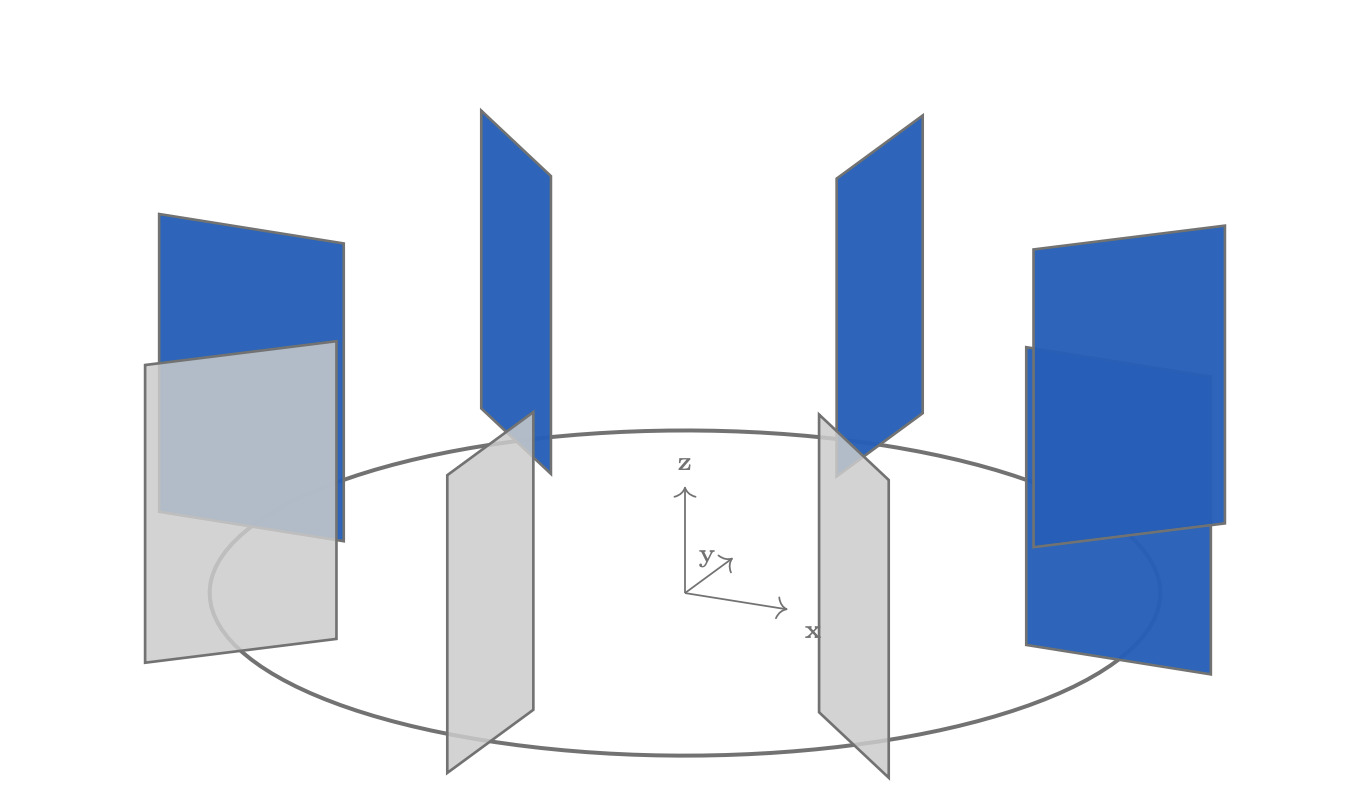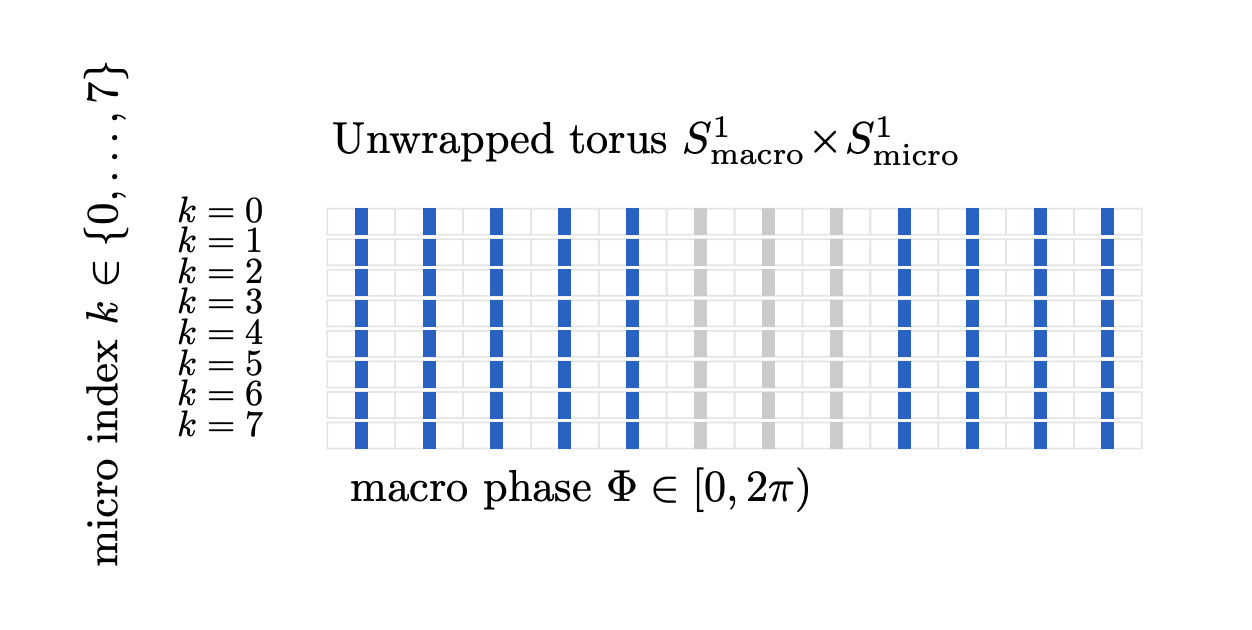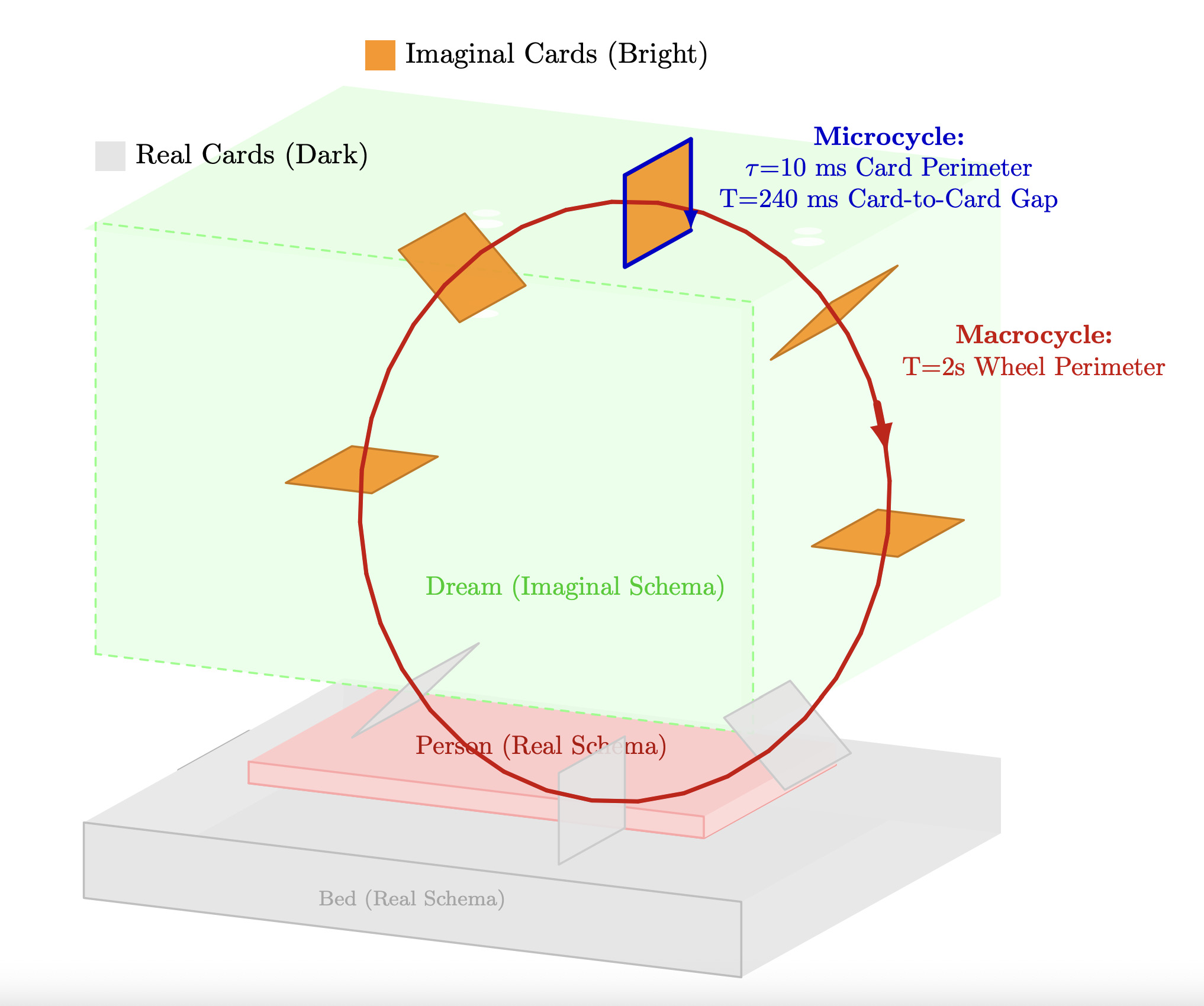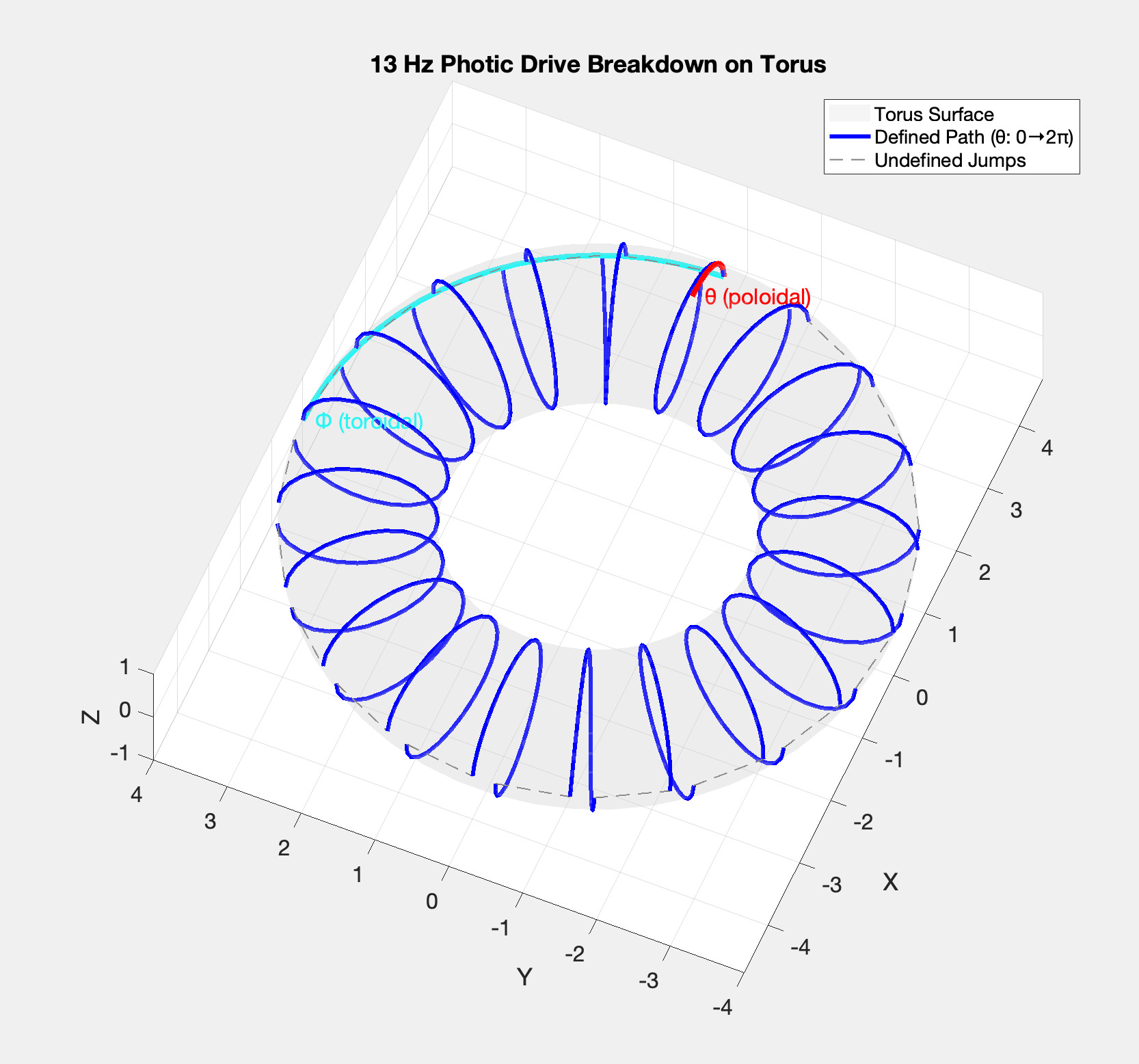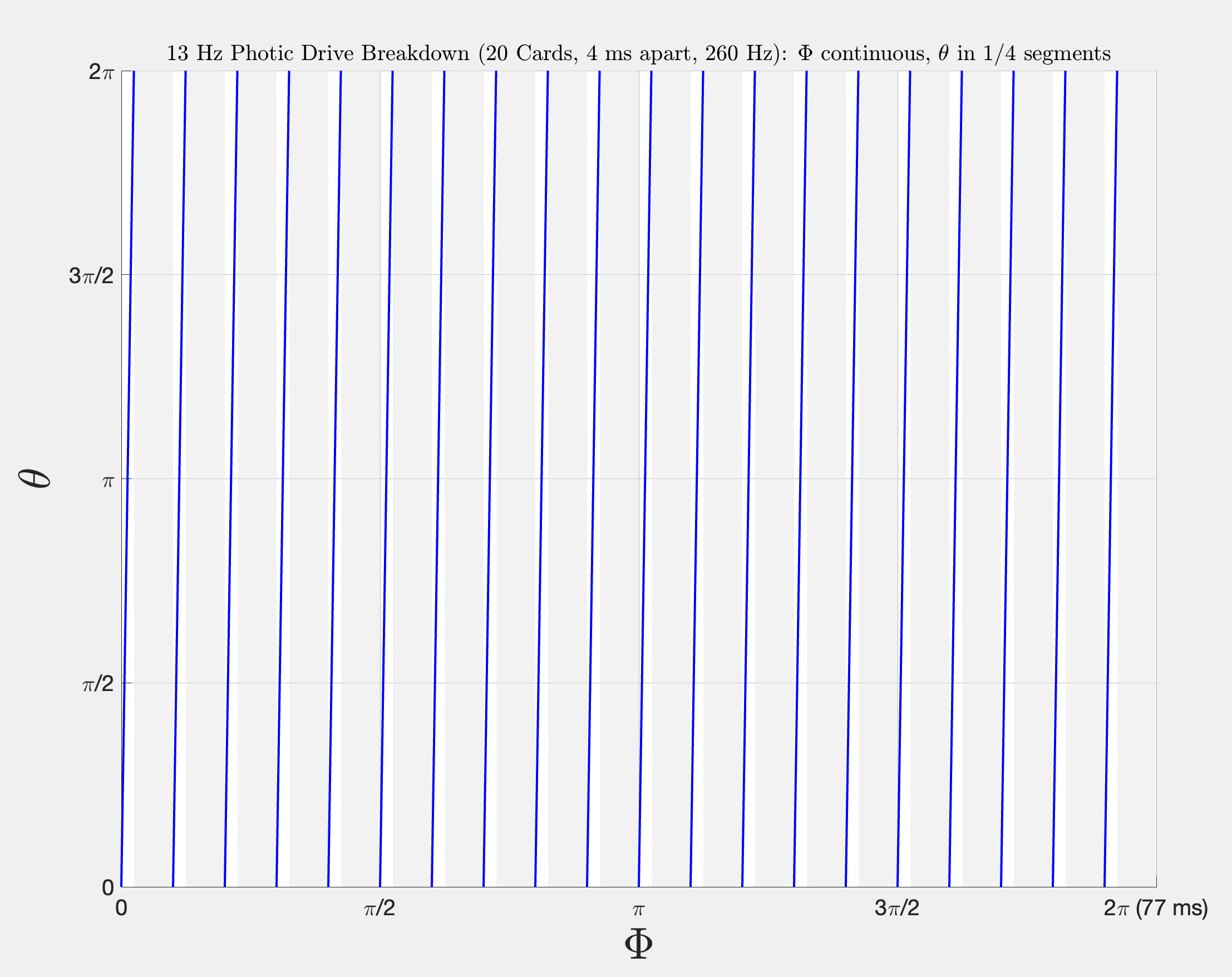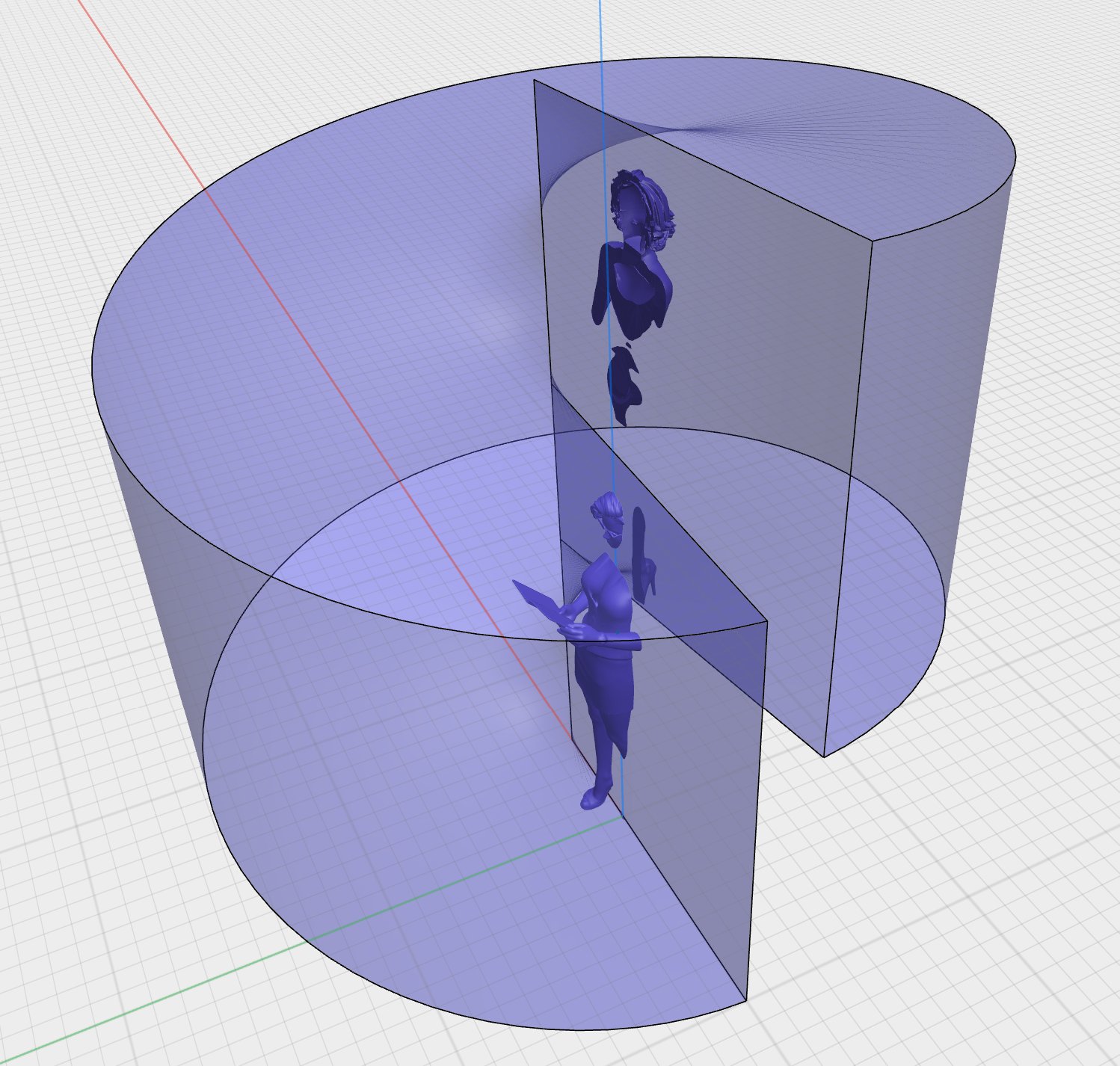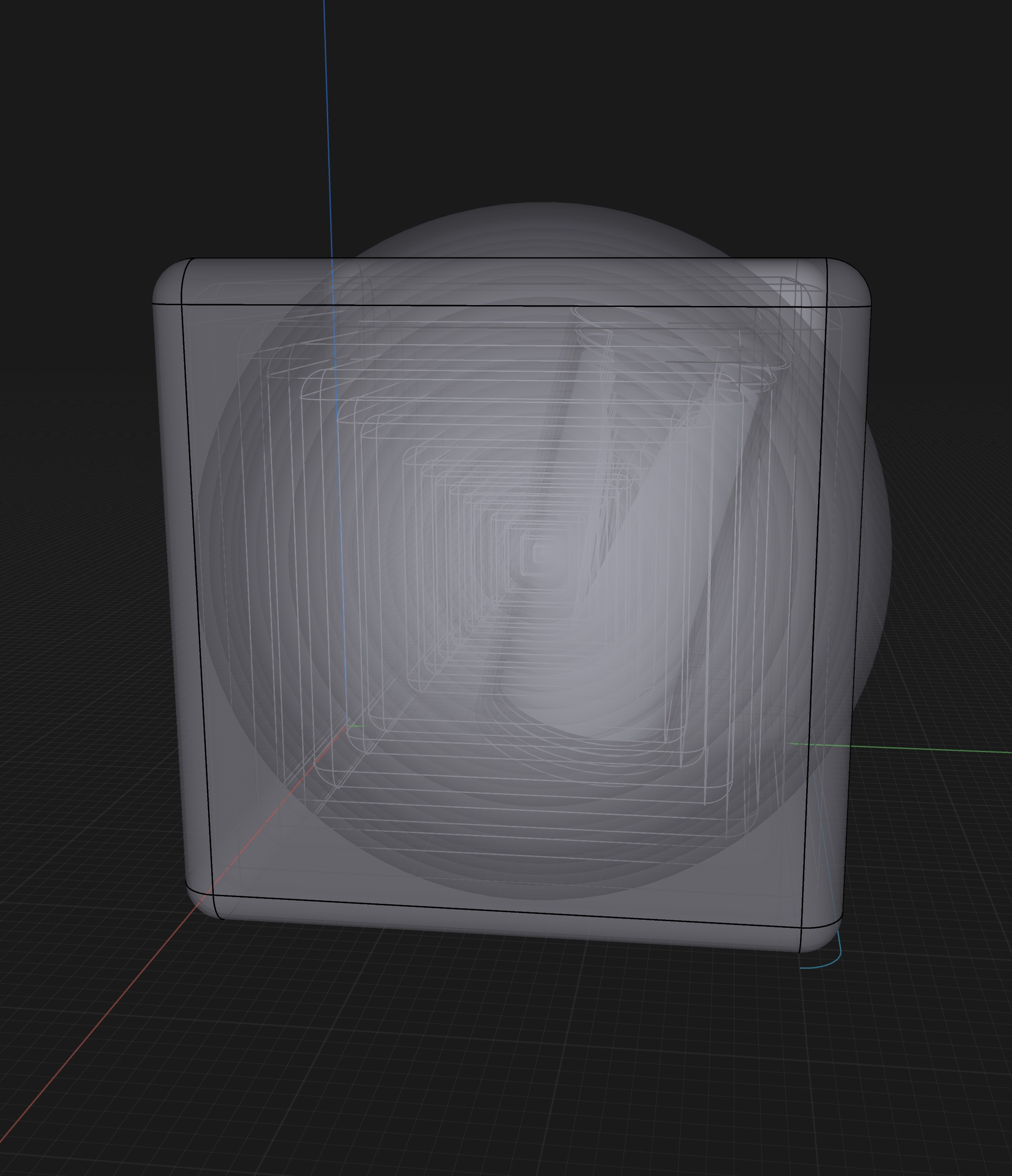
RBT treats conscious experience as semiosis in motion. Instead of beginning with content, RBT begins with when and where access happens, and lets what (paint/semantics) be the downstream consequence. We articulate three organizing claims:
This paper consolidates prior drafts into a self-consistent formalization, gives precise operational definitions for modes of printing, and outlines falsifiable predictions aligned with neural observations in dissociation/hyperpolarization and task-related dynamics [7-11].
In plain terms, the Bank is largely a cube/sphere agglomerated object, with hundreds of concentric copies scaling inwards. In reality, every shape you model stores lightly upon it. Let $\mathcal{S}$ denote a shape space of configurations modulo translation, rotation, and scale (Kendall-type shape space). The Bank $\B$ could be thought of as a single, extremely complex shape, and as such, could be considered a latent point (or submanifold) $S\in\mathcal{S}$ encoding perspective-invariant relational geometry (compare Lehar's concentric scaffolds [3,4]). A conscious display chooses a pose $g(t)\in\Sim(3)$ acting on a canonical representative:
Content and context (aboutness, discussed in greater precision later as modulating up to all variables of conscious rendering jointly) can restrict $g(t)$ to a coset $g(t)H$ where $H$ stabilizes $S$ (symmetries). This separation of shape (what) and pose (where/how big) makes attitude misalignment precise: e.g., a yaw error is a systematic rotation in $R(t)$ between body- and environment-subspaces (cf. grasp underreach anecdote).
The real schema $\R$ is the 3D understanding of the immediate world that guides the body schema and physical movement. It consists of:
As the servo target for physical action, $\R$ provides the spatial framework for avatar movement and real-world interaction. Movement errors often arise from attitude misalignment between the body schema and the visually-derived environment schema (the two main components of $\R$). For example, a yaw error in the body schema—where it is assumed to be rotated slightly clockwise (bird's-eye view) from its actual position relative to the visually perceived refrigerator—results in an underreach when grasping the handle. The arm is miscalculated as being closer to the target than it actually is, despite correct trajectory planning.
The imaginal schema $\I$ provides a dynamic volumetric overlay to the real schema $\R$, serving as a workspace for non-veridical spatial representation and reasoning. Key properties include:
Unlike the action-oriented $\R$, $\I$ serves as a flexible workspace where metacognition operates as observer of non-literal geometric content. It is possible to have more than one $\I$ at once.
$\T$ stores recent prints as a fading temporal stack, producing the illusion of continuity via overlap of access windows:
Conscious "printing" is the act of the operator $\Pi$ sampling on $\A$:
$\T$ functions as a fading stack or flowfield of recent $\rho$ printed by $\Pi$ on $\A$, yielding apparent continuity from discrete acts of access. The activity of $\Pi$ may follow either of two drives: a transient, high-level mic signal $\M(t)$ conveying structured content, or an endogenous baseline rhythm $\beta(t)$ maintained by refractory dynamics when $\M(t)$ is silent. Thus,
Phasic modes correspond to continuous modulation of $\beta(t)$ by $\M(t)$, whereas interrupt modes reflect discrete, hazard-scheduled prints. Both contribute to the ongoing flowfield of $\T$, which merges the outputs of $\Pi$ into a seemingly continuous conscious stream.
We treat $\R$ (veridical, action-oriented) and $\I$ (non-veridical, constructive) as readouts integrating recent prints:
with a causal kernel $G$. Vividness and rapid zooms reflect gain and $\Sim(3)$ pose control over IT/PPC codes. $\I$ may overlay or dominate $\R$.
We distinguish the structural union (full conscious display, union of schemas on manifold)
from the operational access manifold (intersection of schemas)
which is the locus where conscious sampling may occur "now." $\Ustruct$ is everything in the display; $\A$ is what is touched between schemas—a subset of $\B$ that often exhibits a graded excitability or printing potential, sometimes spreading radially from a central focus outward across the bank.
A ringframe $\rho(t)$ is material printed by the operator $\Pi$ on the access manifold $\A$ into the time schema $\T$. It is the basic unit of conscious access, bridging $\B \rightarrow \A \rightarrow \T$.
Both are printed from the Bank $\B$, posed by $g(t)\in\Sim(3)$, and deposited in $\T$ as a record. Phasic modes yield seamless cycles (helices in $\T$), compressed phasic modes yield lock-washer type geometries in $\T$, and interrupt modes produce discrete frames in $\T$. Square trajectories; swept or extruded contours; unclosed V, U or linear manifolds (as trajectories or swept contours); etc.; are all still considered ringframe material, since they arise from the same act of printing by $\Pi$ on $\A$ into $\T$. As hippocampal patients retain immediate present context, it is not thought that the time schema/ringframes are instantiated by the HPC, although the greater HPC (including EC), RSP, and DMN (including ACC/mPFC) might be at play.
The printing operator $\Pi$ samples the access manifold $\A$ and deposits ringframe material $\rho$ into the time schema $\T$. It operates in distinct temporal modes—phasic, compressed phasic, interrupt, and extrusion—that determine how $\A$ is sampled over time.
The printing operator $\Pi$ is primarily driven by the high-level mic signal $\M(t)$, guided by the aboutness vector $\vec{C}(t)$, and sustained in silence by the baseline rhythm $\beta(t)$.
In concert, $\M(t)$ provides structure, $\vec{C}(t)$ supplies intent, and $\beta(t)$ sustains a minimal frame rate—together orchestrating the ongoing printstream of consciousness.
The two conscious viewpoints are modeled as infinitesimal point cameras with full $\mathrm{SE}(3)$ freedom. $\Xi_{\text{Cyclopean}}$ represents the fused avatar or "real" eye within $\R$, while $\Xi_{\text{Mind's Eye}}$ represents the internally oriented "imaginal" eye within $\I$. Each camera defines a right-handed coordinate frame with orthonormal basis vectors for gaze, up, and left:
Together, these provide the perspective impingement operators through which the $\R$ and $\I$ are viewed within the conscious display $\D$.
The conscious display $\D$ (or $U_{\text{struct}}$) integrates three geometric streams: Physics—the inferred 3D world in $\R$; Perspective—the $\mathrm{SE}(3)$ camera pose; Pose—the $\Sim(3)$ overlay of Bank and Imaginal schemas. These determine what is seen, from where, and how internal volumes are scaled and placed.
In computer animation, object physics (an apple falling) and camera scene-framing (orbiting around it) are separate elements jointly linked by keyframes. Similarly, the brain must reify raw signals into physical geometry, position the self-model at a viewpoint, and "pose" the overlay of mental imagery at a specific location, orientation, and scale (the posing is a Sim(3) action on $\I$). Finally, any ongoing aboutness stream is able to exert coordinated modulation on baseline behaviors (of bank, imagination, printing operator timing/modes, selection of $\A$, behavior output, etc.). The conscious display $\D$ (equivalently $U_{\text{struct}}$) is the integrated result of baseline defaults and any coordinated modulation by the aboutness vector $\vec{C}(t)$. The posing of $\B$, $\I$, $\Xi_{\text{Cyclopean}}$, $\Xi_{\text{Mind's Eye}}$, etc., are governed by a small set of Lie groups acting on Euclidean space, shown in Table 1.
| Group | Action | Functional Role in Display |
|---|---|---|
| $\mathbf{SO(2)}$ | Planar rotation in $\mathbb{R}^2$ | Azimuthal orientation within ringframes |
| $\mathbf{Sim(2)}$ | 2D rotation, translation, uniform scaling | Projection planes (retinal/imaginative slices) |
| $\mathbf{SO(3)}$ | 3D rotation | Orientation of body, head, gaze |
| $\mathbf{SE(3)}$ | 3D rotation and translation | Pose of real and mind's eye cameras |
| $\mathbf{Sim(3)}$ | 3D rotation, translation, uniform scaling | Bank/imaginal embedding and relative scale |
$\Sim(3)$ sets global placement; $\mathrm{SE}(3)$ moves cameras within posed spaces. A radiance sphere $L(\omega,\nu)$ describes physical input, while $L_{\text{perc}}(\omega)$ encodes solved perceptual color/intensity per direction, shared by $\R$ and $\I$.
In addition to geometric transformations, the radiance sphere $L(\omega,\nu)$ represents the directional and frequency-dependent energy distribution over the unit sphere of orientations $\omega \in \mathbb{S}^2$ and spectral domain $\nu$. This quantity captures the angular structure of visual illumination and serves as the input to derive painted detail (paint) within the posed $\R$ schema.
| Symbol | Meaning |
|---|---|
| $L_{\text{phys}}$ | Radiance — the amount of light per unit area, per direction, and per frequency |
| $\omega$ | A direction on the unit sphere $\mathbb{S}^2$ (a vector pointing outward from the eye or sensor) |
| $\nu$ | Frequency of light in hertz (sometimes expressed as wavelength $\lambda$ in meters) |
| $\mathbb{S}^2 \times \mathbb{R}^+$ | Domain: all viewing directions (unit sphere) $\times$ all positive frequencies |
| $\mathbb{R}^+$ | Range: a single positive real value — radiance in watts·m$^{-2}$·sr$^{-1}$·Hz$^{-1}$ |
Perceptually, the 2-D visual field of $\R$ or $\I$ consists of a single color (derived from a 3D opponent-color manifold of H/S/B) and intensity for any solid angle $\omega$.
| Symbol | Meaning |
|---|---|
| $L_{\text{perc}}$ | Perceptual radiance — the conscious color and intensity assigned to direction $\omega$ |
| $\omega$ | A direction on the perceptual sphere $\mathbb{S}^2$ (each ray of conscious visual space) |
| $\mathbb{C}_{\text{perc}}$ | The perceptual color space (e.g., a 3D opponent-color manifold of hue, saturation, brightness) |
| $\mathbb{S}^2$ | Domain: all perceptual ray directions in the conscious field |
| $\mathbb{C}_{\text{perc}} \times \mathbb{R}^+$ | Range: one perceived color and intensity for each direction |
| Level | Camera | Field |
|---|---|---|
| Physical | Retinal Camera (biological eyes) |
$L_{\text{phys}}(\omega,\nu)$ — physical radiance: intensity as a function of viewing direction $\omega \in \mathbb{S}^2$ and frequency $\nu \in \mathbb{R}^+$. Represents incoming spectral energy (intensities of red through violet) before any cortical processing. |
| Perceptual (External Scene) |
Cyclopean Camera (fused-avatar eye) |
$L_{\text{perc}}(\omega)$ — perceptual radiance: the solved percept for each direction $\omega$, i.e. one experienced color and brightness value derived from external sensory input. |
| Perceptual (Internal Scene) |
Imaginal Camera (mind's eye) |
$L_{\text{perc}}(\omega)$ — same perceptual format (color and brightness per direction), but sourced from internally generated schema geometry rather than current retinal input. |
$L_{\text{phys}}$ is the physical spectral input, while $L_{\text{perc}}$ is the unified perceptual radiance field for both externally grounded and internally generated scenes ($\R$ and $\I$). The Cyclopean and mind's eyes can each be modeled as infinitesimal point cameras embedded in the conscious display, possessing full $\mathrm{SE}(3)$ freedom with defined up, gaze, and left vectors for capturing perspective views from $\R$ and/or $\I$.
The Bank $\B$ operates under rhythmic baseline behaviors (stationary, revolving, or ebb/flow), which maintain ongoing $\Sim(3)$ motion and spatial coherence. Superimposed upon these baselines is a multidimensional modulation envelope governed by an aboutness vector $\vec{C}(t)$ that coordinates pose, timing, and access across all active schemas.
These baselines are continuously deformed by a modulation envelope acting through three control domains:
Aboutness is represented by a vector $\vec{C}(t)$ in concept space, but functionally behaves as a global control field synchronizing multiple geometric systems. It jointly modulates:
Thus, $\vec{C}(t)$ orchestrates simultaneous modulation across all these manifolds, binding pose, access, and printing into a unified act of reference.
Capture timescales:
Baseline dynamics integrate with aboutness-driven modulation as:
The overall system evolves under dual influences: aboutness-driven modulation versus attractor-state inertia:
where $F$ describes $\vec{C}(t)$–driven coordination across all schemas and cameras, and $H$ denotes the system's tendency to maintain its current coupled configuration. $\alpha$ and $\gamma$ weight novelty versus habit.
Aboutness, then, is not merely attentional bias but a coordinated multidimensional modulation linking $\B$, $\I$, $\A$, $\T$, $\Pi$, and the observer cameras into one temporally bound act of conscious reference. In hypnagogia—when wakeful control slips and sensory gating relaxes—aboutness can drive $\I$ so completely that its geometry and paint are experienced as real. Aboutness is likely capable of recruiting veridical imagery patterns in early visual cortex (V1), consistent with recent decoding evidence showing that imagined content evokes V1 activity indistinguishable from real visual input in phantasic individuals [9], suggesting that retinotopic, stimulus-like activation of V1 correlates with the presence and degree of perceptual "paint," even when abstractly driven from top-down, and even if the final correlate of conscious perception resides higher in the cortical hierarchy.
Let $\theta \in [0,\, 2\pi + \varepsilon)$ parameterize a local card/perimeter $\A$, where $\varepsilon > 0$ denotes a transient overshoot characteristic of compressed phasic motion. Define the active-phase set $\Pi(t)\subseteq[0,2\pi)$:
These modes appear at any scale (micro/local vs. macro/global) and can nest, e.g., a smooth global carrier with local interrupt "cards." "Rolodex" arises from tidally-locked orbital or rotational macrocycles hosting interrupt microcards (another name for ringframes $\rho$).
Interrupt scheduling follows a point-process hazard
with baseline $\beta(t)$, mic events at times $t_i$ with salience $\alpha_i$, event kernel $k(\cdot)$, and adaptation $a(t)$. Likelihood and survival follow standard point-process form; Ogata thinning simulates exactly. Photic entrainment elevates visual hazards selectively; non-visual channels can run in parallel. In phasic regimes, $\beta(t)$ and $\M$ modulate trajectory rather than gate.
RBT recasts Peircean semiosis as a three-stage temporal cascade:
Hyperpolarization bottleneck. Dissociative states exhibit slow ($\sim 2$ Hz) envelopes with fast bursts ($\sim 80$ Hz) [7,8]. RBT predicts interrupt-dominant access with long gaps, global cards per slow crest, and gamma bursts as print signatures.
Motor/temporal rings. Latent rotational trajectories in motor cortex and timing tasks map onto ringframes and card cadence [10,11].
Photic entrainment. 10–13 Hz strobe locks visual-plane access; fainter in-between cards (260 Hz) may appear (possibly by staggered max frequency, which may be capable of that staggered resolution, akin to premotor cortex).
Cardiac-phase gating. Heartbeat-coupled mic events bias hazard $h(t)$, altering interrupt likelihood.
Vestibular "throw." Transients shift pose via $\Sim(3)$ perturbations, briefly re-siting $\A$ for re-lock.
Empirical program: EEG beta/gamma power crests synchronized with musical transients [5].
Abortive wave. A global interrupt upon eye closure: $h(t)$ spikes, $\A$ prints against a black input, $\R$ fails to assemble rich paint; a turbulent ripple passes over the visual field plane.
Overexposure wave. Sudden bright entry causes a saturated print; the visual plane momentarily destabilizes under extreme luminance before re-stabilizing.
Gross$\to$fine. A half-second chirp from $\sim 4\rightarrow 40$ Hz prints successive geometric refinements (low to high geometric frequency; e.g., spatial frequency in 3D); color/paint arrives late [2].
Dissociation. Strong slow baseline with a transient, seconds-long anticorrelation of phase of brain regions may correlate with "true" dissociation (metacognition detaches from control of avatar in $\R$ and becomes observer-only).
Carl Sagan's "Mr. X" imagery suggested outlines-first semiosis: "outlines of...instant appreciation" seems to describe $\R$ magically appearing from the operation of $\Pi$ on $\A$ [6]. Lehar described cyclic gross$\to$fine rendering and concentric scaffolds [2,3]; see also Cube Flipper's exegesis [12]. Our prior EEG results showed beta/gamma power aligned to musical transients consistent with access gating [5].
RBT frames conscious semiosis as the geometry and timing of access followed by conceptual understanding. The Bank $\B$ (posed by $\Sim(3)$), the Access Manifold $\A$, and the printing operator $\Pi$, together deliver ringframes $\rho$ into the Time Schema $\T$ (guided by $\vec{C}$, driven by $\M(t)$ and $\beta(t)$), from which $\R$ and $\I$ are read out with latency. Baseline dynamics establish cadence; aboutness modulation steers pose/walk/timing to bind "what matters now." The hazard formalism unifies phasic modulation and interrupt gating, connecting phenomenology to testable neural signatures across normal, entrained, hyperpolarized (sedated), and anesthetized states. Hyperpolarization is thought to collapse distributed bank usage into a single embodied stream of phenomenology: as membrane potentials drift downward and NMDA-dependent excitation weakens, beta/gamma activity vanishes, and cortical dynamics become globally entrained—first around the alpha range (∼10 Hz), then slowing into delta during deep sedation (2–4 Hz), and finally into ultra-slow oscillations near 1 Hz under anesthesia, where multiplexed access effectively ceases.

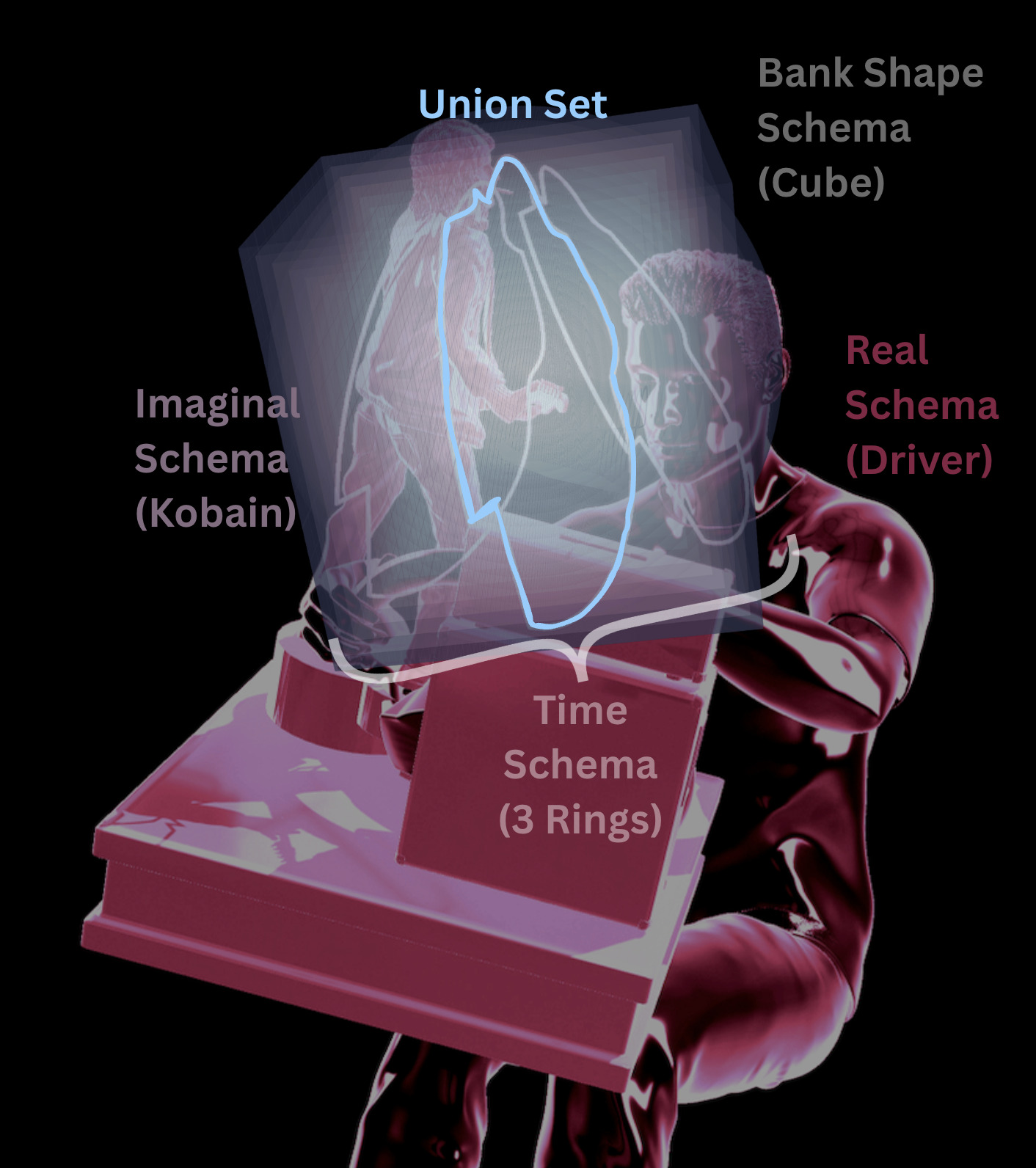
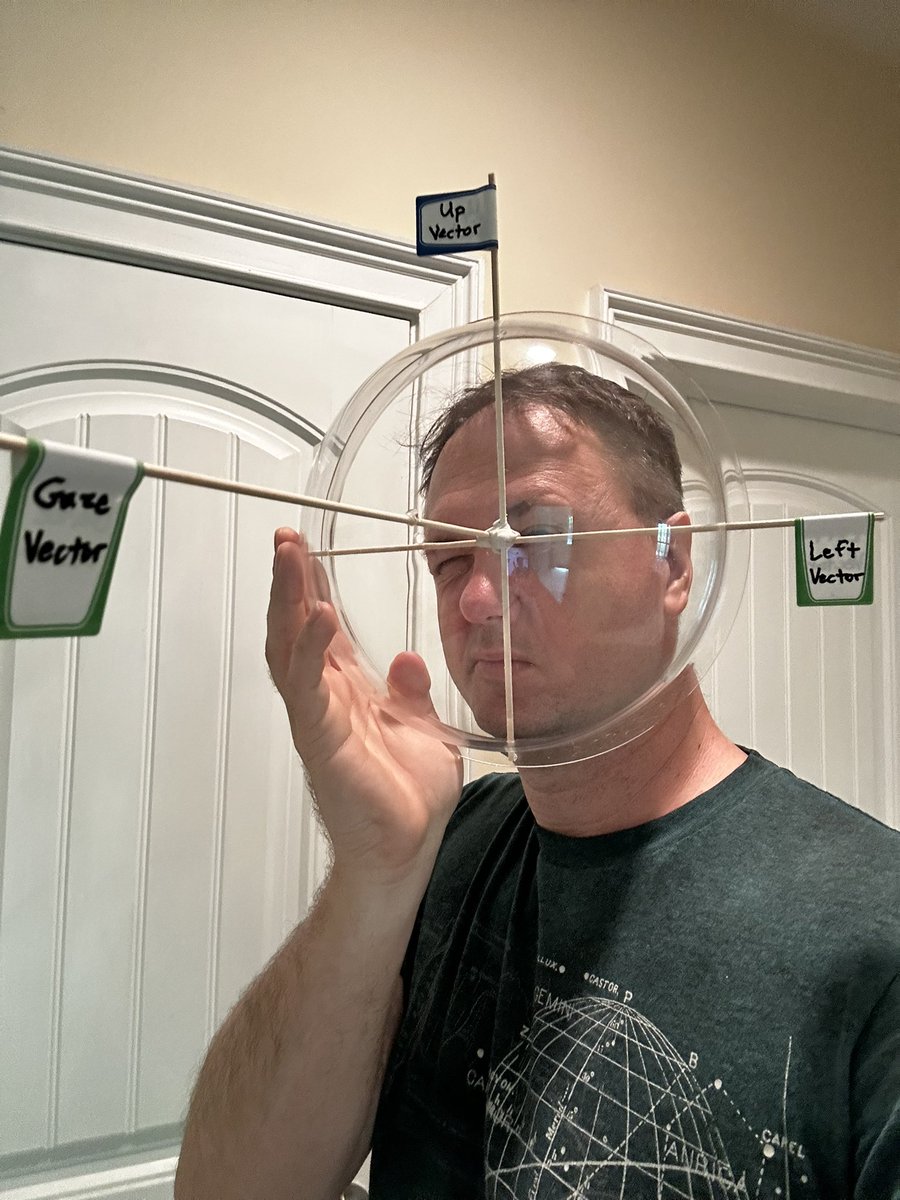
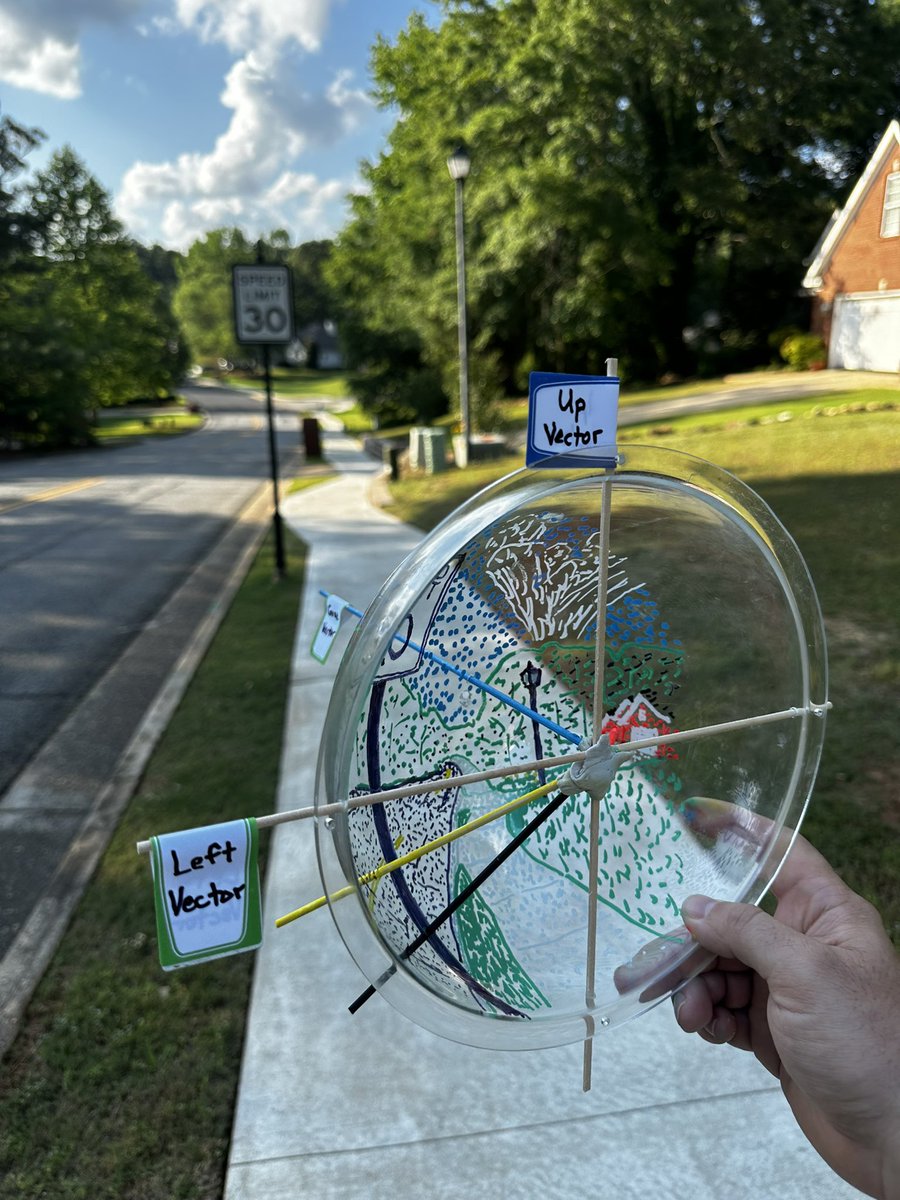
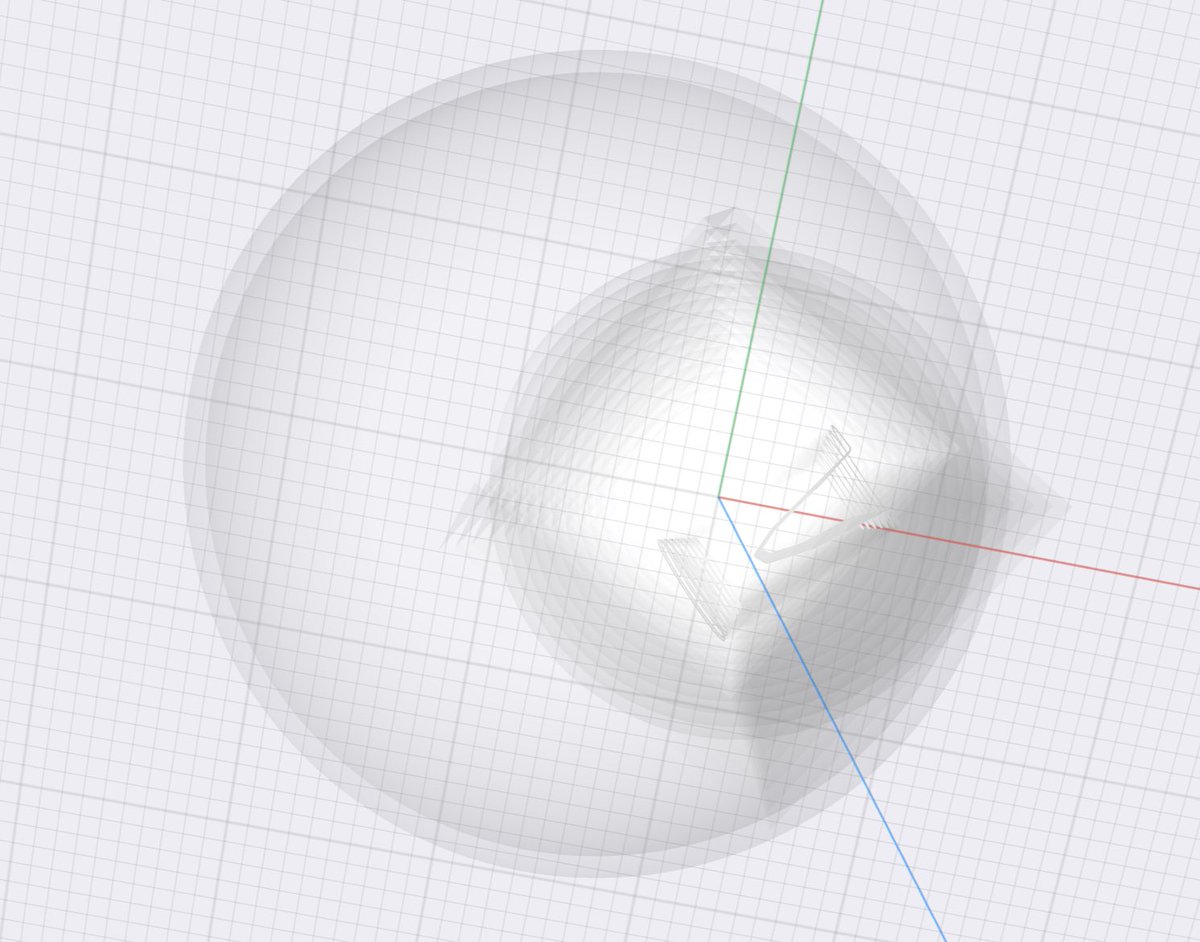
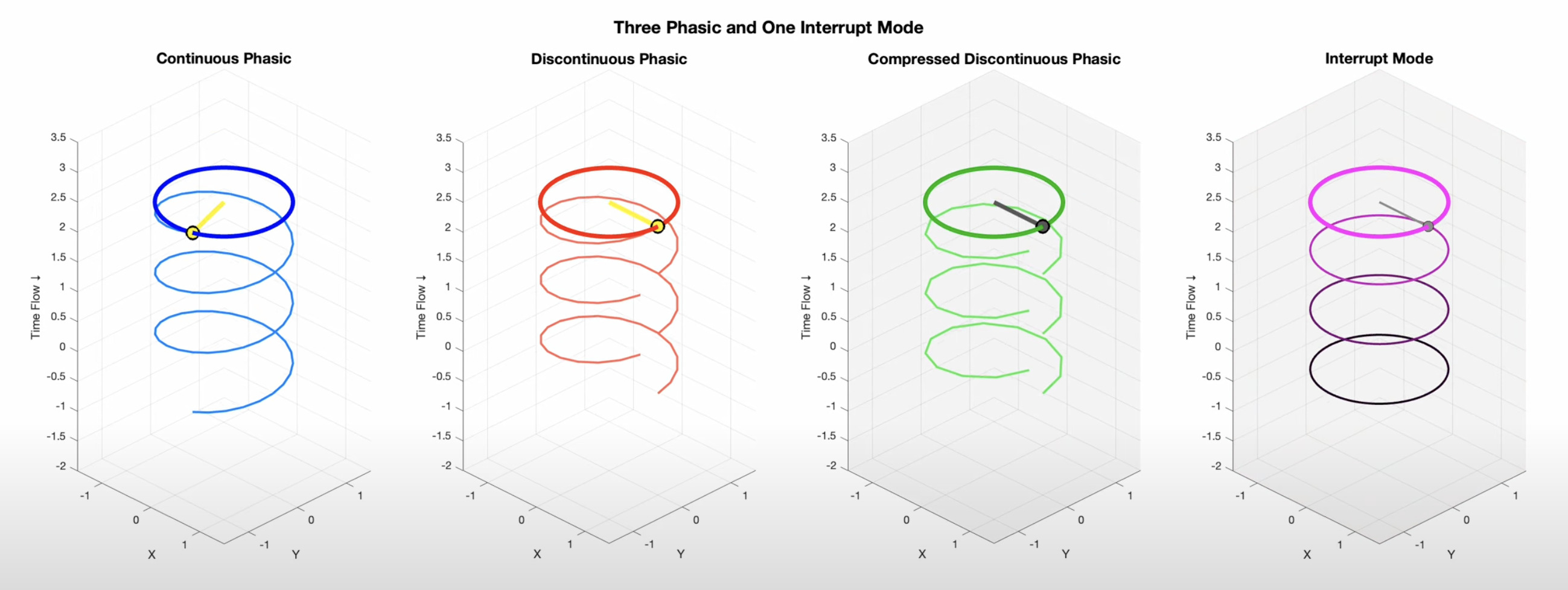
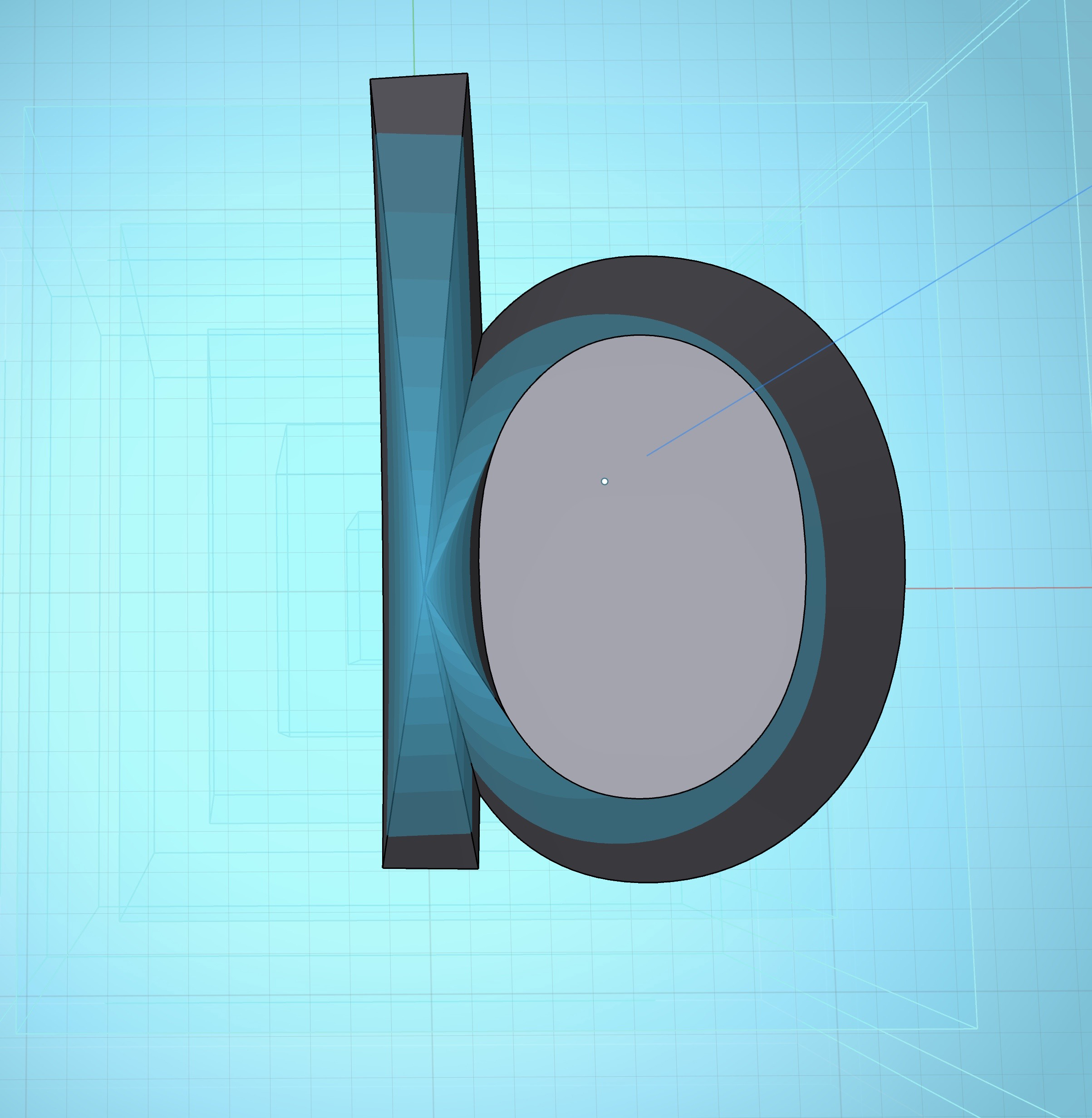
(a) Radial history gradient view
|
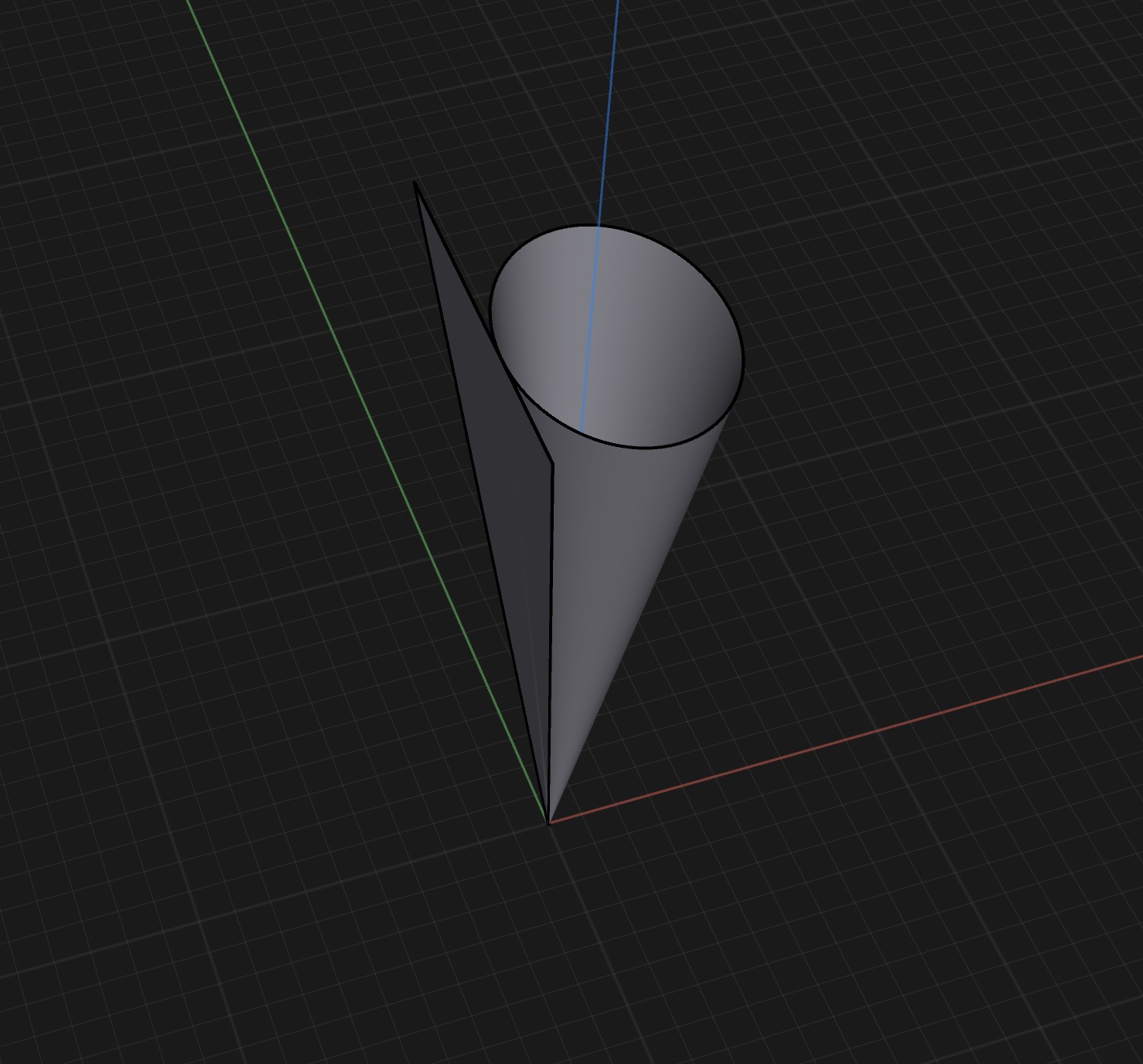
(b) Pure skewer geometry
|
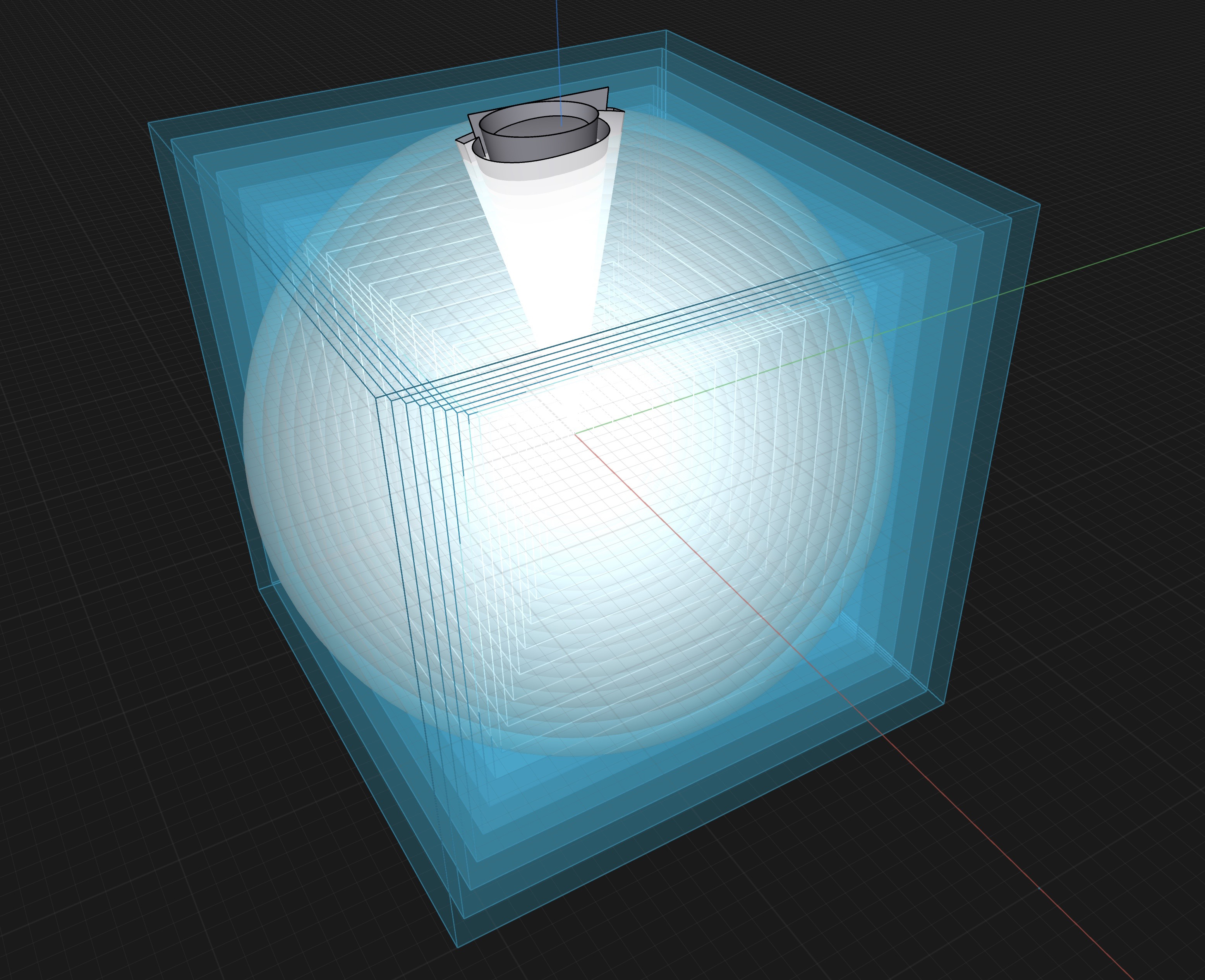
(c) Cross-section through bank
|
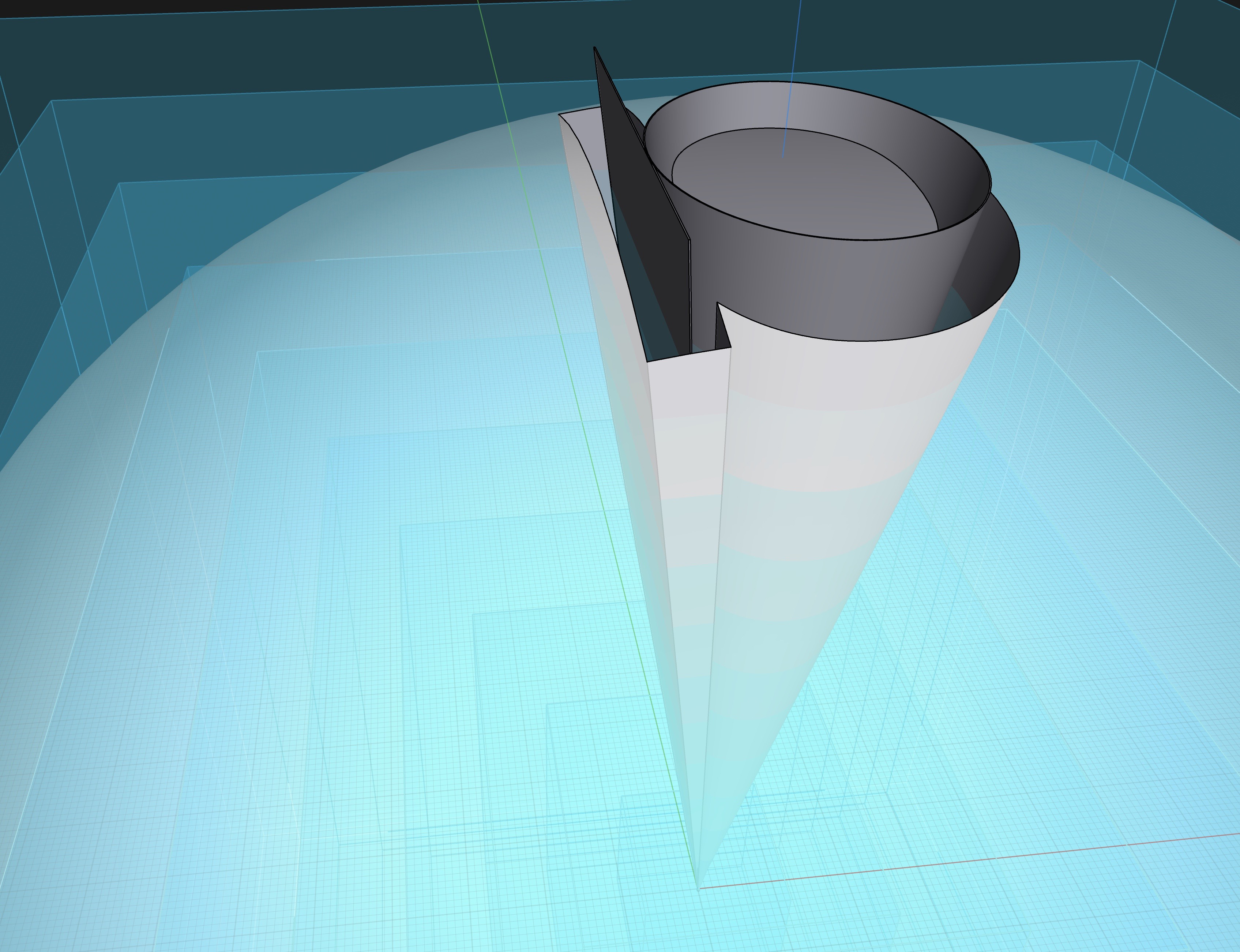
(d) Letter "b" skewer pathway
|
